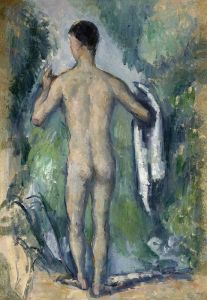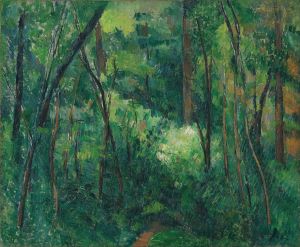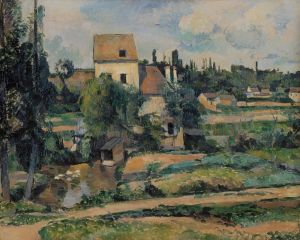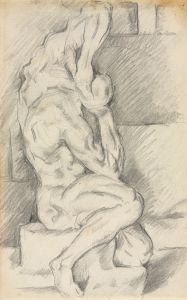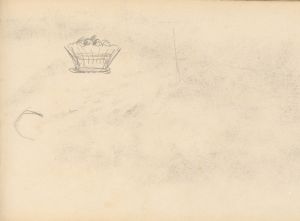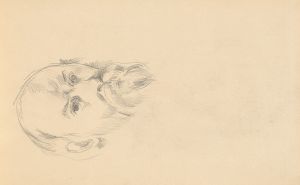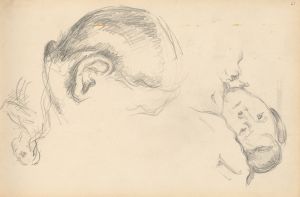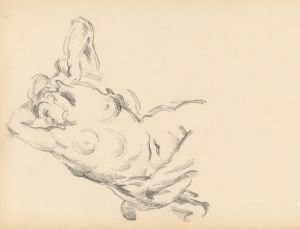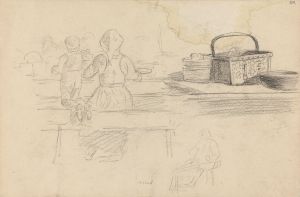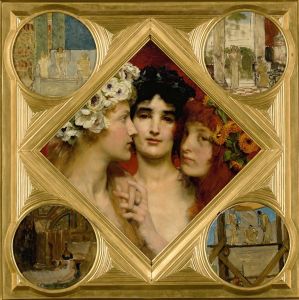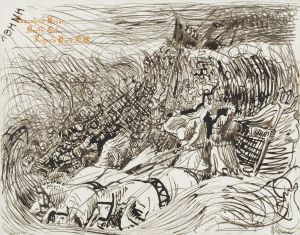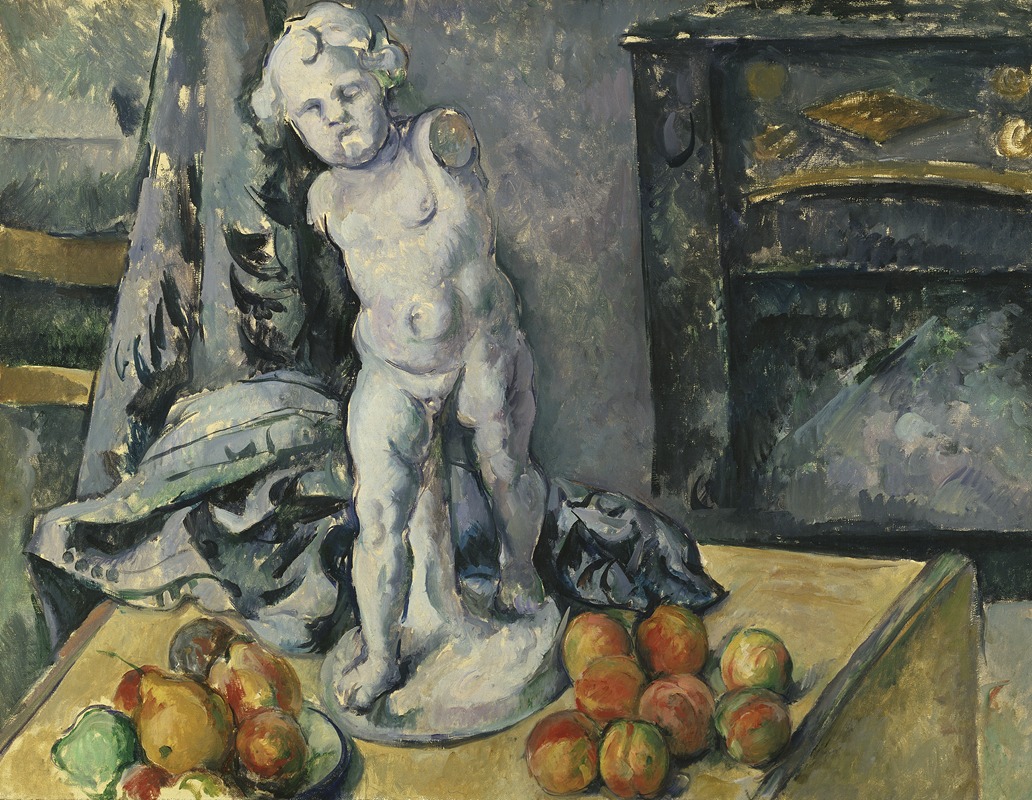
Still Life with Plaster Cupid
A hand-painted replica of Paul Cézanne’s masterpiece Still Life with Plaster Cupid, meticulously crafted by professional artists to capture the true essence of the original. Each piece is created with museum-quality canvas and rare mineral pigments, carefully painted by experienced artists with delicate brushstrokes and rich, layered colors to perfectly recreate the texture of the original artwork. Unlike machine-printed reproductions, this hand-painted version brings the painting to life, infused with the artist’s emotions and skill in every stroke. Whether for personal collection or home decoration, it instantly elevates the artistic atmosphere of any space.
"Still Life with Plaster Cupid" is a notable painting by the French Post-Impressionist artist Paul Cézanne. Created around 1895, this work exemplifies Cézanne's innovative approach to composition, color, and form, which significantly influenced the development of modern art.
Paul Cézanne was born on January 19, 1839, in Aix-en-Provence, France. He is often credited with bridging the gap between 19th-century Impressionism and the early 20th century's new line of artistic inquiry, Cubism. His work laid the foundation for the transition from the 19th-century conception of artistic endeavor to a new and radically different world of art in the 20th century.
"Still Life with Plaster Cupid" features a plaster cast of a cupid, surrounded by various objects, including a fruit bowl, a vase, and drapery. The painting is celebrated for its complex composition and the way Cézanne plays with perspective. Unlike traditional still life paintings that adhere to a single viewpoint, Cézanne's work often incorporates multiple perspectives, which can be seen in the slightly tilted surfaces and the varied angles of the objects.
The plaster cupid in the painting is a recurring motif in Cézanne's work, symbolizing his interest in classical themes and his desire to explore the relationship between art and nature. The inclusion of the cupid also reflects Cézanne's fascination with sculpture and his efforts to bring a sculptural quality to his paintings through the use of color and brushwork.
Cézanne's technique in "Still Life with Plaster Cupid" involves the use of thick, layered brushstrokes and a carefully considered palette. He employs a range of colors to create depth and dimension, moving away from the more muted tones of traditional still life paintings. This approach allows him to convey the solidity and weight of the objects, as well as the interplay of light and shadow.
The painting is also notable for its exploration of spatial relationships. Cézanne's arrangement of objects creates a dynamic tension within the composition, drawing the viewer's eye across the canvas and encouraging a deeper engagement with the work. This technique would later be a significant influence on the Cubist movement, particularly on artists like Pablo Picasso and Georges Braque.
"Still Life with Plaster Cupid" is housed in the Courtauld Gallery in London, part of the Courtauld Institute of Art. The painting is an important part of the Courtauld's collection, which includes a wide range of works from the Renaissance to the 20th century. Cézanne's work, including this piece, continues to be studied and admired for its groundbreaking approach to form and composition.
In summary, "Still Life with Plaster Cupid" by Paul Cézanne is a masterful example of the artist's innovative techniques and his influence on the trajectory of modern art. Through his use of color, perspective, and composition, Cézanne challenges traditional notions of still life painting and paves the way for future artistic movements.





